They were written off as fading towns, but now they’re quietly booming.

Not every millennial wants to chase overpriced rent in a big coastal city. As housing prices skyrocket and remote work loosens the grip of geography, many are quietly ditching the usual hotspots and heading to places that once felt forgotten. These towns were previously labeled as “past their prime,” with declining industries and empty downtowns—but that’s exactly what makes them appealing now. There’s space, charm, and most importantly, affordability.
Millennials aren’t just passing through—they’re putting down roots, opening coffee shops, launching businesses, and breathing new life into streets that had gone silent. These towns aren’t chasing flash—they’re offering something slower, more grounded, and surprisingly rich in opportunity. As the big-city burnout grows louder, the pull toward these low-key gems gets stronger. Here are nine U.S. cities that millennials are quietly reviving while no one’s paying attention.
1. Pueblo, Colorado is attracting artists, makers, and entrepreneurs.

Pueblo used to be all about steel, but its industrial heyday faded decades ago. What’s surprising is how quietly it’s being reimagined by a wave of creative millennials looking for space and community, according to Irene Santos at Livability. The cost of living is low, and the city has a quirky, artsy undercurrent that’s catching on with people tired of big-city pressure. You can buy a fixer-upper for less than what you’d pay for a closet in Denver—and actually have money left over to make it your own.
There’s also a growing local food scene, river access for kayaking, and a vibe that feels less polished and more real. Pueblo doesn’t pretend to be trendy—it just is what it is. And that’s part of the charm. Millennials looking to create instead of just consume are finding room here to experiment without breaking the bank. It’s a blank canvas with character.
2. Macon, Georgia is growing into a soulful southern comeback story.
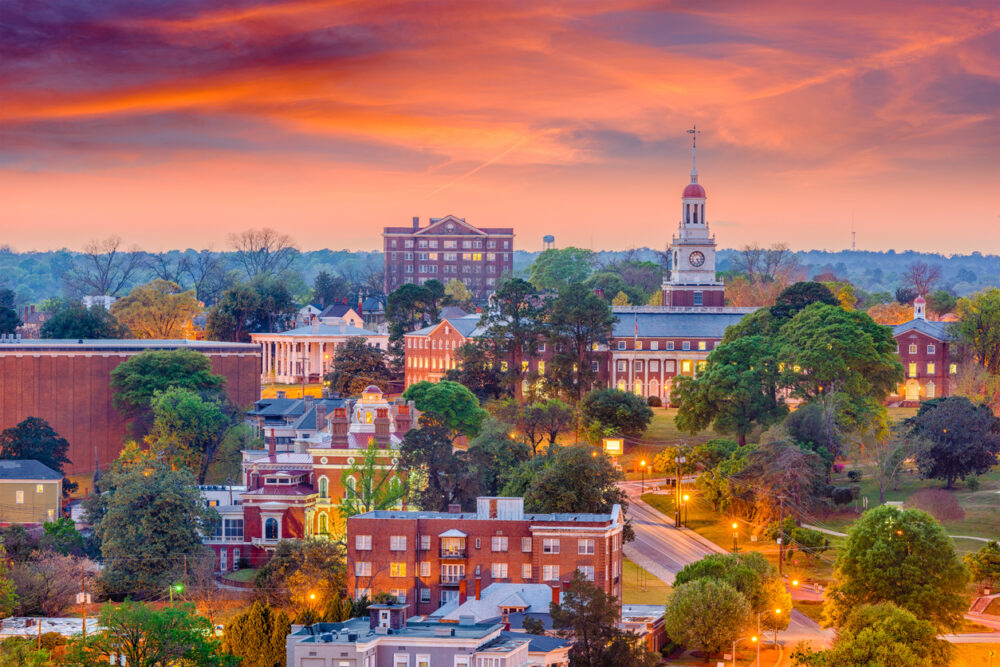
Macon has always had deep musical roots, but now it’s gaining traction with a younger crowd looking for authenticity and affordability, as reported by the authorities at Choose Macon. The downtown area has seen a quiet revitalization, with old buildings turned into lofts, breweries, and creative spaces. For millennials priced out of Atlanta but still wanting southern charm, Macon offers a soft landing with a strong sense of identity.
The city has a gritty beauty—wide streets, historic homes, and oak trees draped in moss. It’s not trying to become the next Brooklyn. Instead, it’s embracing its past while leaning gently into the future. Millennials aren’t coming here to change it—they’re coming here to be part of what’s already starting to shift. The city has its own rhythm, and people are finally starting to notice.
3. Duluth, Minnesota is quietly becoming a cold-weather haven.
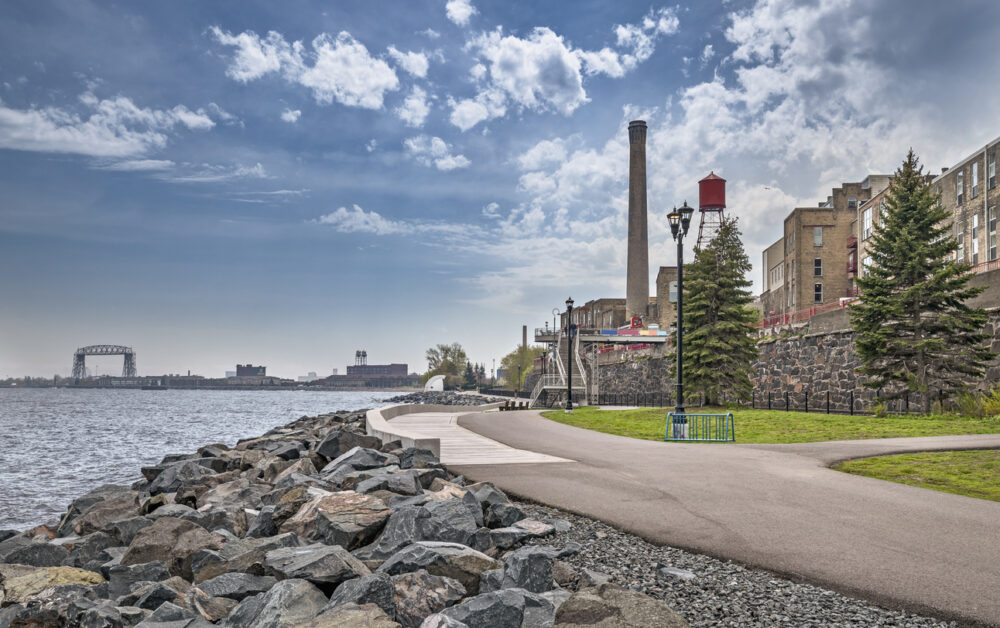
It’s not for everyone—winters are intense—but for millennials who love nature, creative communities, and a lower cost of living, Duluth has serious appeal, as stated by Debra Kamin at The New York Times. Tucked along the shores of Lake Superior, it offers a scenic lifestyle without the sticker shock of most lake towns. There’s hiking, snowshoeing, and a rugged kind of beauty that feels both calming and invigorating.
What’s pulling people in is the balance—natural beauty without total isolation, artistic energy without inflated egos. Duluth has coffee shops, coworking spaces, and restored warehouses filled with music and local art. And with more people working remotely, the cold is less of a barrier and more of a seasonal backdrop. Millennials here aren’t just visiting—they’re settling in and sticking around.
4. Lancaster, Pennsylvania is redefining small-town cool.
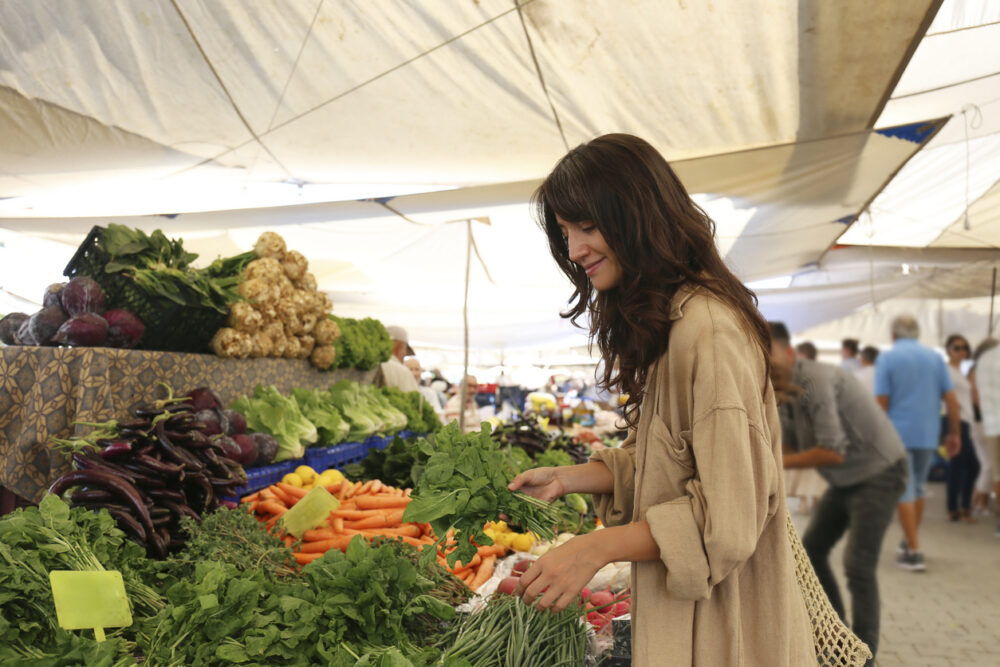
Once known mostly for its Amish neighbors and farmland, Lancaster has grown into something unexpectedly hip. Millennials are discovering affordable row homes, a walkable downtown, and a food scene rooted in community and sustainability. It’s not flashy, but it’s intentional—and that’s what makes it magnetic to those looking to escape the hustle.
There’s an arts district, thriving farmer’s markets, and a surprising number of innovative small businesses. People here care about craftsmanship, conversation, and quality of life over clout. For millennials trying to find a place that feels grounded without being stuck in the past, Lancaster has become an ideal blend of old and new. You can live slowly here without falling behind.
5. Kalamazoo, Michigan is attracting young talent with bold ideas.
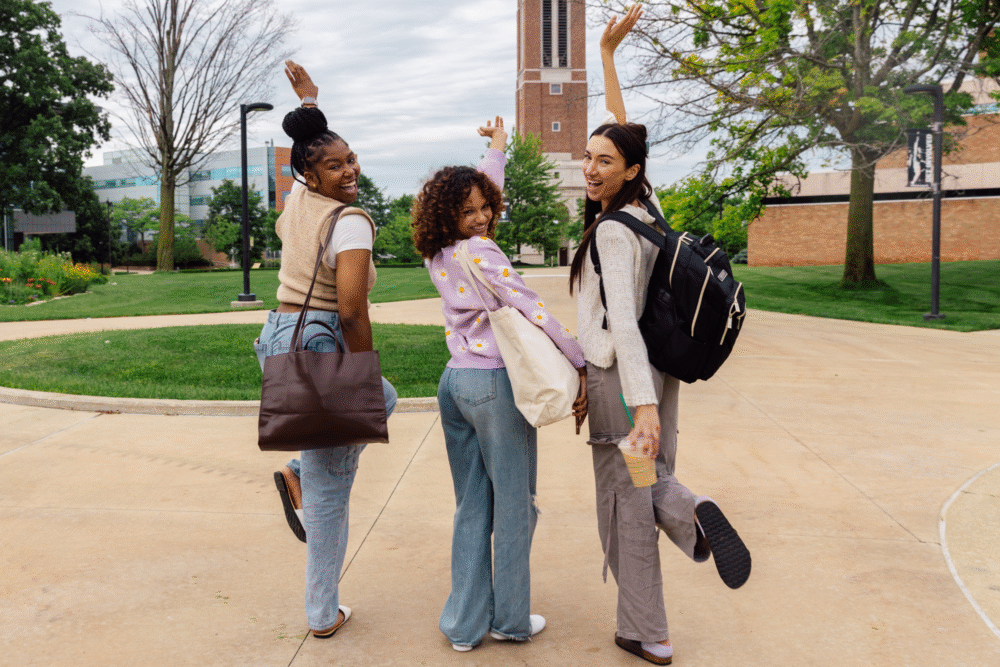
Yes, Kalamazoo is a real place—and yes, it’s turning into a bit of a millennial magnet. With Western Michigan University providing an academic backbone and a strong community focus, it’s drawing in creatives, educators, and small business dreamers looking for support and affordability. It helps that the city also offers the Kalamazoo Promise—free college tuition for local students.
Downtown has a surprising mix of breweries, indie bookstores, and pop-up events. There’s energy here, but it doesn’t feel chaotic. It’s a place where you can take risks without the fear of being financially wiped out. Kalamazoo doesn’t rely on hype—it runs on community, curiosity, and just enough weirdness to keep it interesting.
6. Fayetteville, Arkansas is building buzz without losing its soul.

Once overlooked, Fayetteville is now on the radar for millennials craving mountain views, live music, and a welcoming vibe. With the University of Arkansas anchoring the city, there’s a youthful undercurrent and a strong creative economy. It’s got hiking trails, bike lanes, and a thriving arts scene that’s surprisingly progressive for a southern town.
The downtown square is filled with local businesses that reflect the city’s unique personality—not corporate chains. And while bigger cities keep chasing massive growth, Fayetteville feels like it’s choosing thoughtful development. Millennials here aren’t trying to escape culture—they’re just looking for it in a place that still feels livable and personal. This isn’t a stepping-stone city—it’s a stay-awhile kind of place.
7. Spokane, Washington is giving city life at a slower pace.
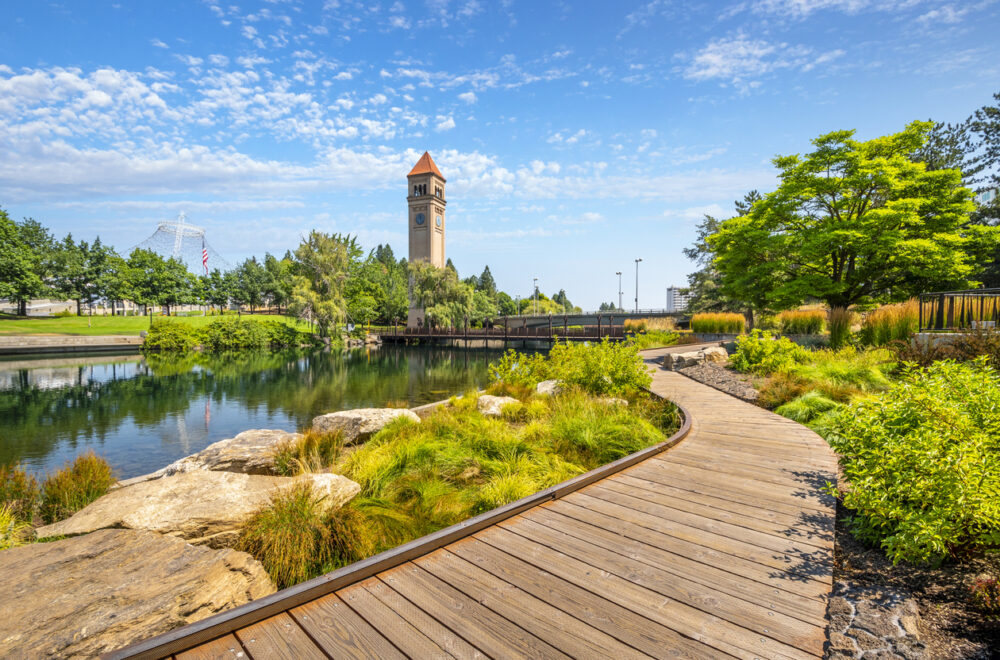
Seattle’s gotten expensive and crowded, and many millennials are heading east to Spokane for a more balanced life. It’s still a city, but one with room to breathe—cheaper rents, smaller crowds, and easier access to nature. The riverfront is beautiful, and the historic neighborhoods have character without pretension.
There’s also a growing tech and startup scene, along with a surprising number of artists and creators making Spokane their home. It feels like a place with something to prove, but without trying too hard. Millennials looking for opportunity without burnout are quietly settling here, not to brag—but to build.
8. Chattanooga, Tennessee is becoming a creative magnet with soul.

Chattanooga has done a full 180 over the past decade, and millennials have taken notice. It offers high-speed internet, stunning mountain views, and a cost of living that’s still manageable. The city leans hard into sustainability, with public transportation, green spaces, and walkable neighborhoods getting major attention.
But what really draws people in is the creative community—musicians, designers, and entrepreneurs are building something meaningful here. Chattanooga feels collaborative instead of competitive, and that spirit resonates with a generation tired of cutthroat hustle culture. It’s a place where passion projects get room to grow and where work-life balance feels like more than a marketing phrase.
9. Bakersfield, California is trading palm trees for possibility.

It’s not the first place most people think of when they imagine California cool, but Bakersfield is gaining ground with millennials priced out of L.A. and the Bay Area. It’s got access to nature, a rising food scene, and homes that don’t require a six-figure salary to afford. For people who want California weather without the chaos, it’s a surprisingly strong contender.
There’s a blue-collar edge here, but also a shifting culture as more young people bring fresh ideas. Coffee shops, co-ops, and music venues are popping up in neighborhoods that used to be overlooked. Bakersfield isn’t trying to become trendy overnight—it’s just growing into something new, and millennials are quietly driving that change. It’s a revival story that’s still being written.
